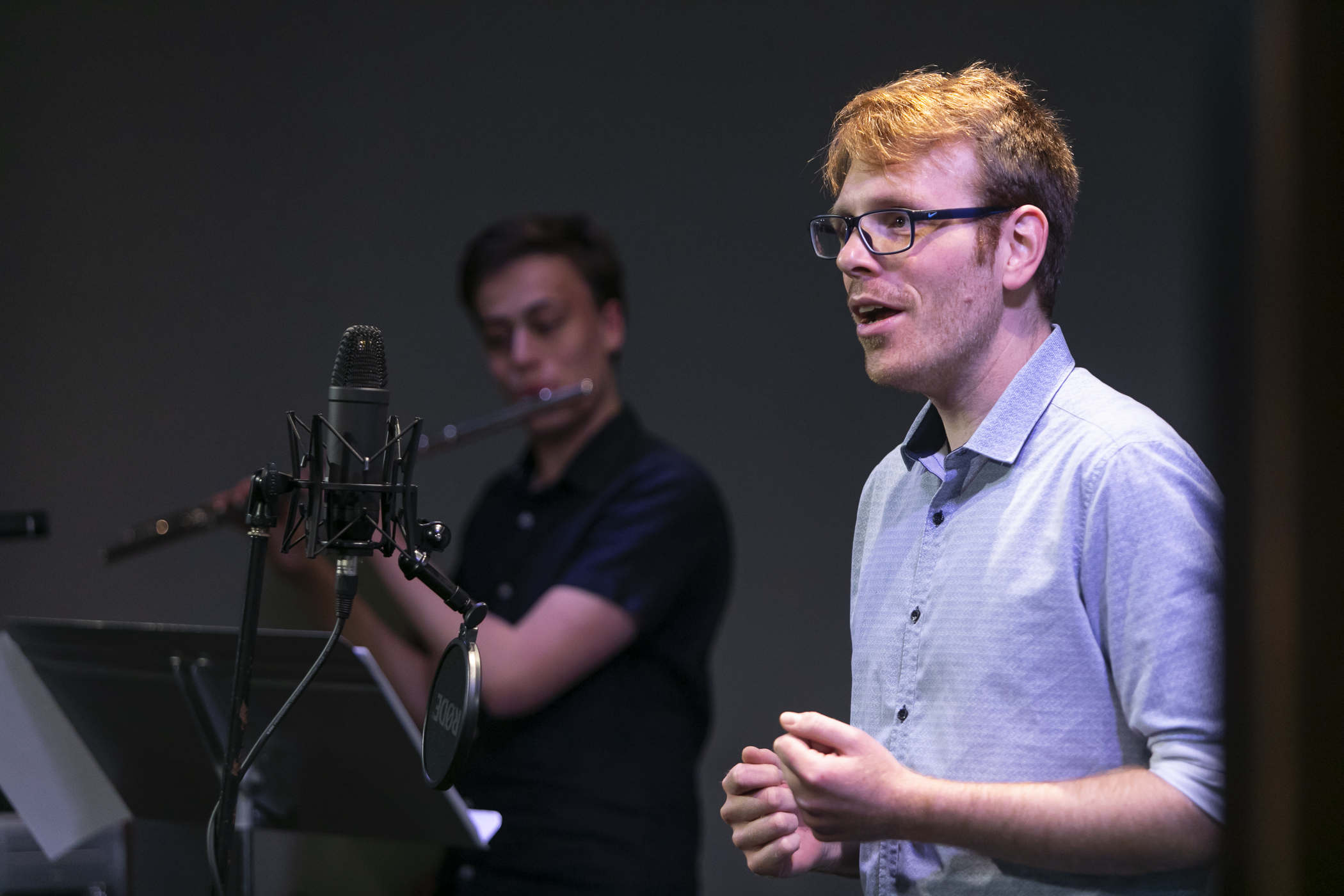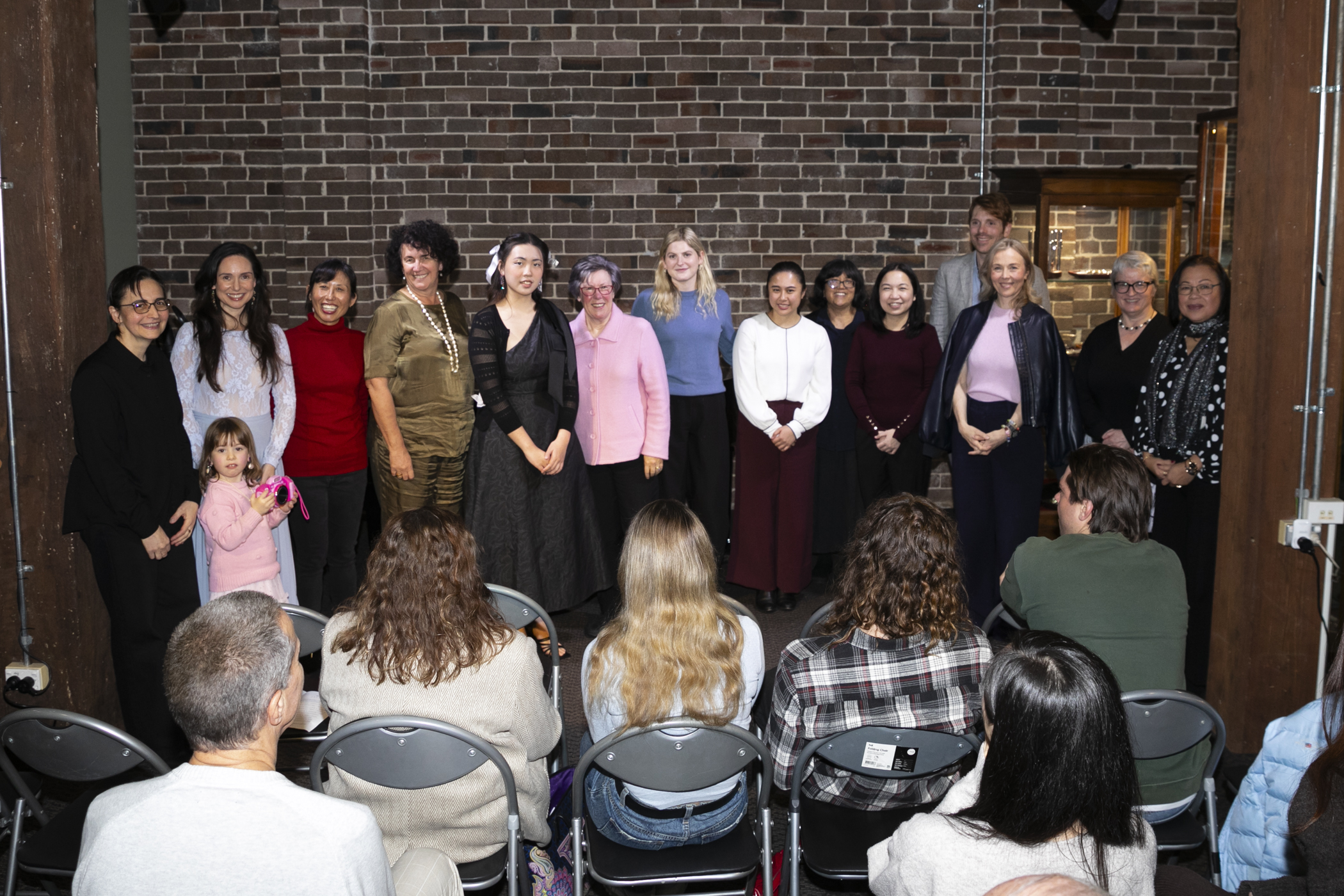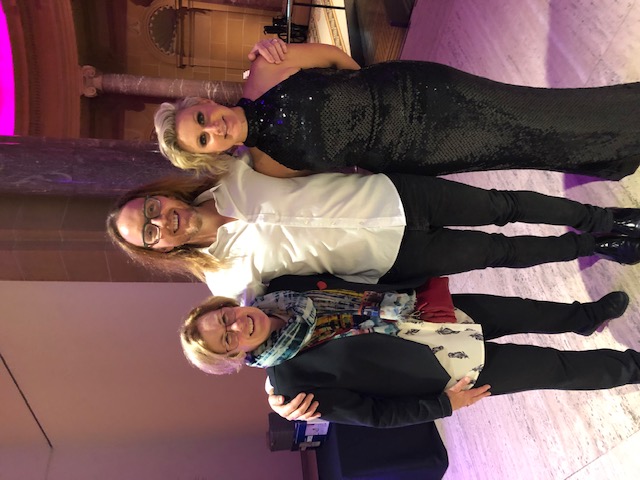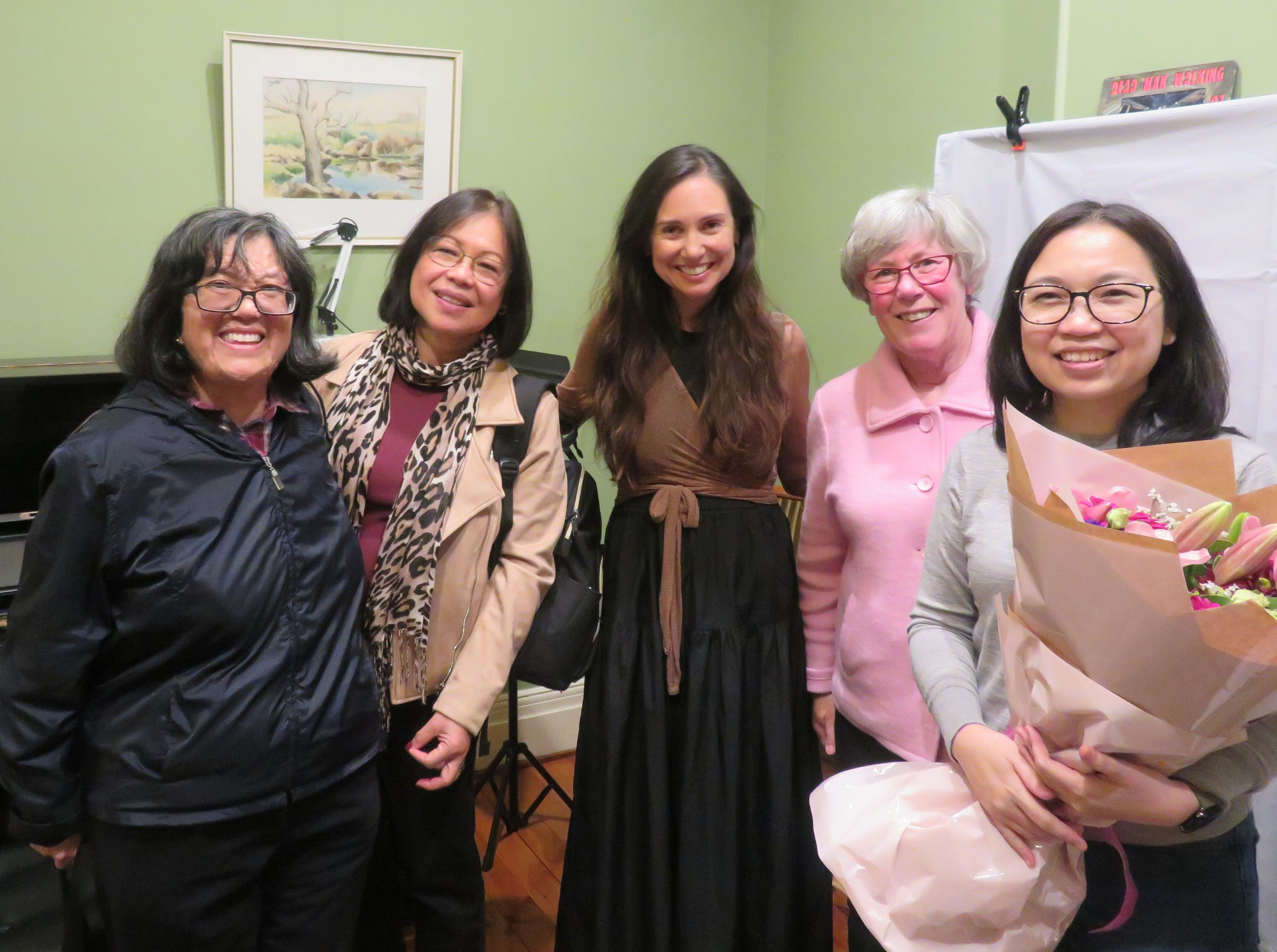Get your groove back: how to keep up your singing practice
Colder months (here in the Southern Hemisphere), and the mid-year slump, can impact a singer’s motivation to keep their singing practice going. That’s on top of other common challenges for singers wanting to establish regular practice: you often practise alone, you may doubt your ability and give in to procrastination – or you just don’t feel like it.
Let’s explore some ways to get you back into regular singing practice:
Change your routine and environment
- Go outside and try some deep breathing exercises. Notice your breathing when walking, and try some hums or trills.
- Practise at different times of the day.
- Find a new collaborator: work with an acting coach on characterisation; a speech therapist on consonant sounds; an accompanist on rhythm issues.
- ‘Goldfish’ the words of your song as you walk to the shops.
- Use your phone to record yourself, or use a mirror, to observe your performance.
Try ‘negative practice’
This technique, used in psychology, brings attention to an undesirable habit so you can begin to change it. It’s a paradox because it involves the actions you want to change. But used with awareness and fun, you can change up your practice routine. Here’s how it works in singing practice:
- Instead of being aware of your in-breath and the use of your belly wall muscles on your exhalation, reverse it: don’t think, do nothing, run out of air, and feel the squeeze. You may even discover that all the practice you’ve done automatically engages those muscles without thinking! Well, that’s the plan.
- Take your tongue back far in your mouth and notice the change of sound. Is it over dark, hooty and muffled? Now bring your tongue very forward and notice the ‘Bugs Bunny’ bright brittle sound.
- Tense up your throat or tummy muscles and try to sing. You’ll find it difficult.
- Try tensing even more the areas you over-tense when singing. Now sing with that tension to discover how you over tighten. Then release these and try newer uses of your body.
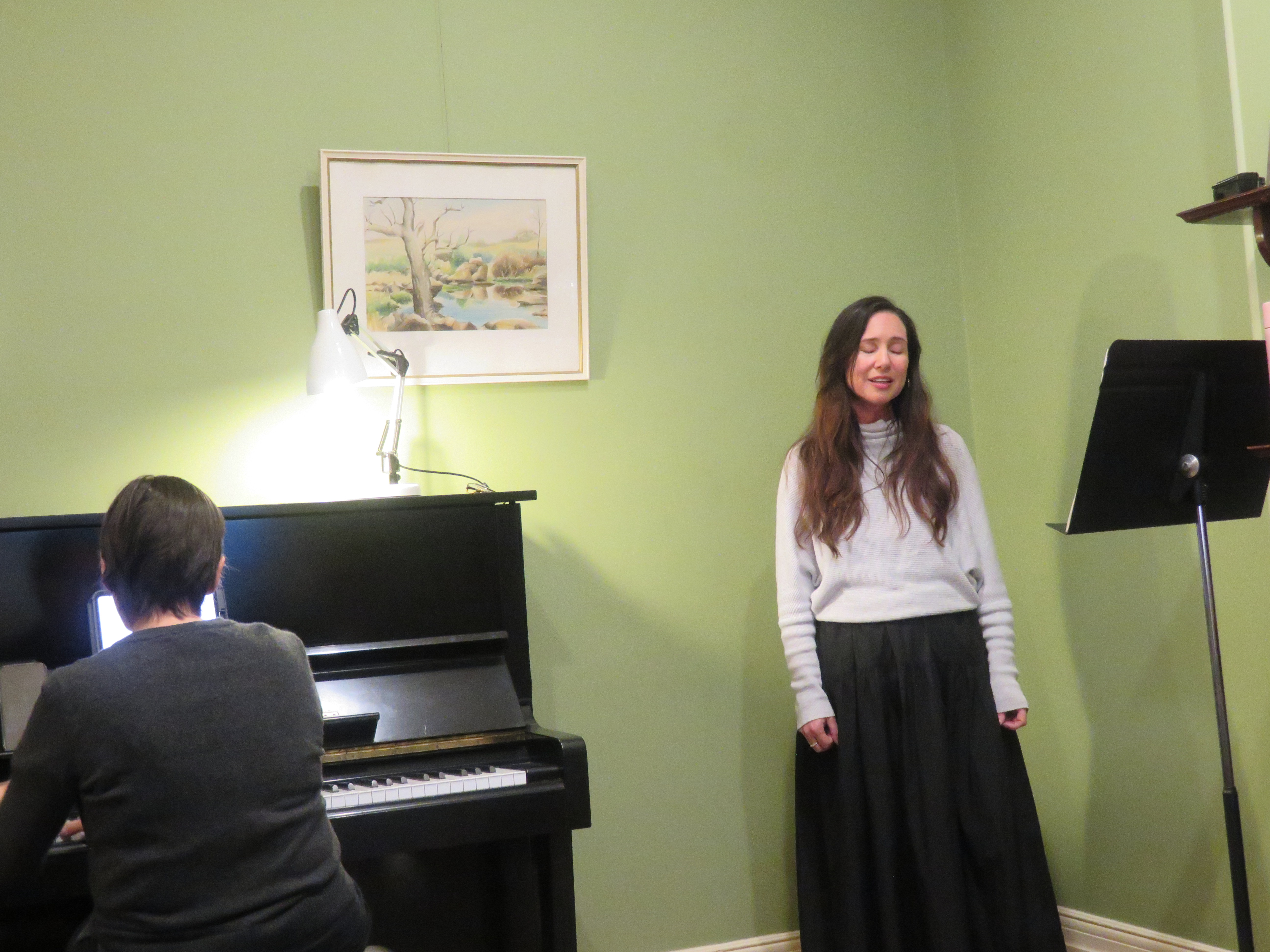
Tina and Alison Rehearsal 2025
Mix up your practice approach
- Start in the middle of a song, or working on only one phrase, or the ends of phrases.
- Use small, manageable practice goals: bars 17-30 only; the bridge section only; three new exercises only.
- Review your repertoire, to see what’s missing: can you explore classic jazz; folk songs; songs about nature; a character you’d like to try; unknown works from your favourite composer?
Research is practice, too
- Research the composer, lyricist, poet, the historical event, or period of your song. A deeper understanding informs your performance.
- Dive into a song only you know about, and explore how to give it your own interpretation.
- Keep track with research notes, and performance ideas and plans.
- Learn how the muscles you use when singing – throat, torso, tongue, facial, abdominal – impact your sound.
Play with perspective
- Sing your song from a different point of view: first or third person.
- Chant the song; overdo the consonants; over lengthen the vowels and ignore consonants.
- Choose voiced consonant sounds only: d, v, z, sh, n. Use these on each word of your Repeat, exaggerating the consonant sounds.
- Try only using unvoiced consonants: b, f, p, ch, th (thing not this).
- Only speak the words – no melody.
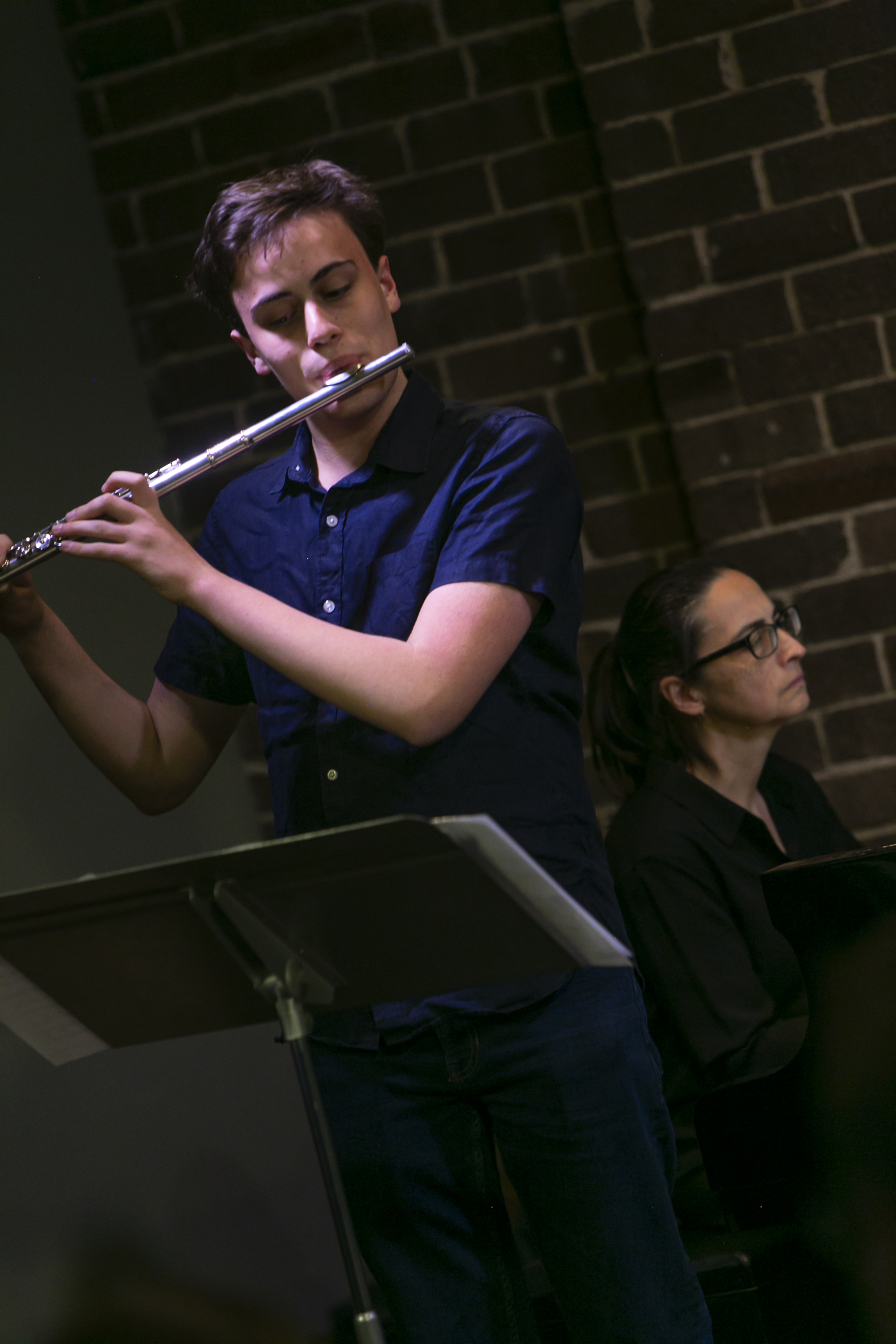
James and Alison performing at our 2025 Studio Concert
Explore collaborations and community
- Join or form an accountability group and discuss your ideas about songs, performance and vocal technique with them.
- Collaborate with other singers, instrumentalists or sound artists: join a choir or band, see live music shows, post signs at rehearsal studios and music schools seeking musicians to work with.
Make room for musing
- Do something else: cleaning, gardening, cooking – this opens your subconscious to new inspiration.
- Visualise yourself performing or practising. This helps you create space in your mind, generate positive thoughts, and build confidence to achieve what you want. This tool is worth an entire blog post!
Lose your perfectionism
- Sing badly. Choose a song or vocalise, or a group of exercises and sing these with as poor a sound as you can. Try nasal, poorly pitched, no energy or breathing consciousness, tongue retracted, tongue overly forward.
- Set boundaries: spend 10 minutes only on new exercises; 10 minutes only on page one of your new song,
- Try free singing: choose any song, in any genre and play with it. Give it an operatic sob sound, a nasal country and western sound, try a music theatre belt (a few minutes will not hurt your cords), let a wobble/wide vibrato be part of the song.
Try some of these tips, to help make singing practice fun and stimulating. So, even when you don’t feel like practising, you’re doing something towards your development as a singer.
Regular singing lessons are an important part of your practice routine. Kathleen Connell helps you finesse your technique and personalise your singing practice.
Browse the in-person or online training options, or call 0402 409 106.

